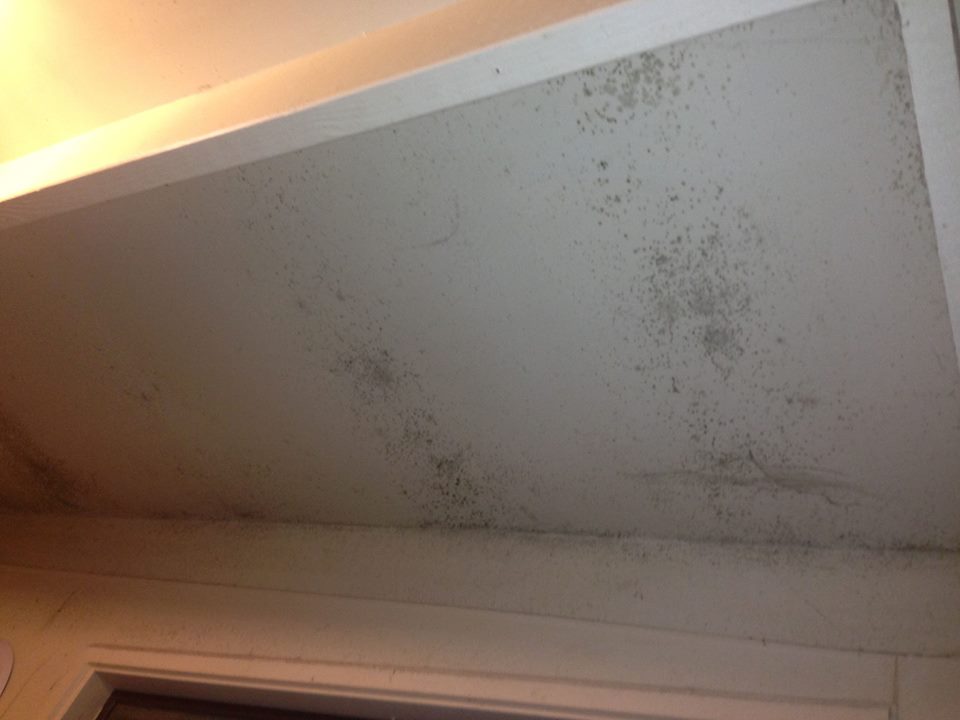A former tenant has written in with concerns about a problem rental property. From here forth, she shall be known as Rapunzel. She has come forward because she is worried about the health of incoming tenants. A house she was living in is being re-let with a huge problem. The asbestos-clad bathroom is full of mould. For those thinking of renting this property be warned, the address is 19 Wright Road of Emerald, Victoria 3782.
The real estate agency is fully aware that the rental property has a mould and asbestos problem. It is Barry Plant in Emerald. The landlord has performed cosmetic work – he has cleaned the surface stuff off but the mould is in the wooden panels. Rapunzel is no fool. She brought in a cleaner. The cleaner refused to touch it. Equinox Cleaning Services state, ‘Ensuite bathroom needs wall replaced due to asbestos and mould. Spores in wall – VERY DANGEROUS’.
I thought I would look into this matter a bit further. I don’t know too much about mould and asbestos except that they are both bad news. It seems the presence of asbestos in buildings does not generally pose a health risk unless materials are broken, deteriorating or disturbed in a way that fibres are produced. This might actually be the case here, I am not sure. But I sure as hell wouldn’t stick around to find out.
The icky mould problem has reared its ugly head before. Every time someone writes in, I think about what happened to the actress Brittany Murphy. She played my favourite character in the classic teen movie – Clueless. I was saddened to hear that she had passed away from pneumonia some years ago. Her partner died some months after from the same illness. Their deaths were attributed to the presence of a toxic mould in their Los Angeles home.
Mould can make you sick. It can cause nasal congestion, sneezing, cough, wheeze, and respiratory infections. It can worsen pre-existing conditions, such as chronic lung, asthma, and allergy conditions. Those with weaker immune systems, such as babies and the elderly, are more vulnerable than others. And some kinds of mould can kill in the right quantities. Choice has written an excellent article on mould removal. Check it out here - Getting Rid of Mould.
The World Health Organisation has pointed out that the increasing shortage of affordable housing and substantial costs involved in mould proofing provide little incentive for landlords to improve substandard conditions. This is just common sense. It is no skin off the landlord’s nose. They are not putting themselves or their family at risk.
The Centre for Disease Control, over in the United States, has this to say - You do not need to know the type of mould growing in your home, and you should not perform routine sampling for moulds. Since the effect of mould on people can vary greatly, either because of the amount or type of mould, you cannot rely on sampling and culturing to know your health risk. Sampling for mould can be expensive, and standards for judging what is and what is not an acceptable quantity of mould have not been set.
At the end of the day, mould is a public health issue. People should be entitled to safety at home as well as work. The best way forward is for governments to implement a case worker system under which rental properties are assessed for risk to health and safety. Let's make the home safe for Rapunzel and her family.
See more:






No comments:
Post a Comment